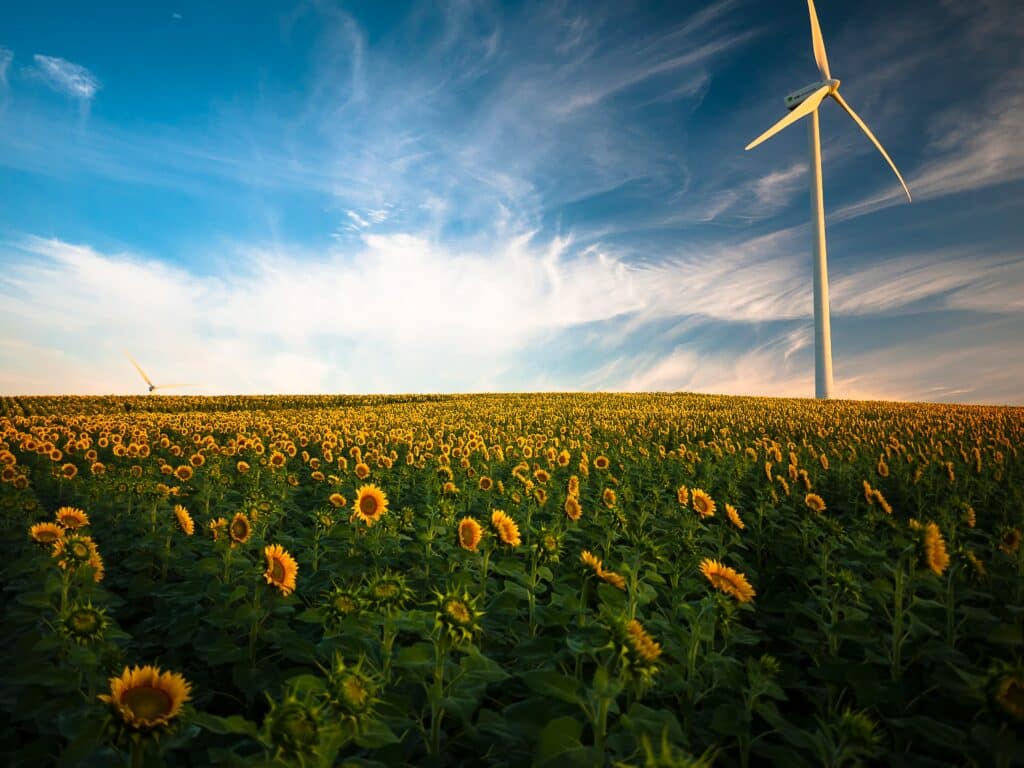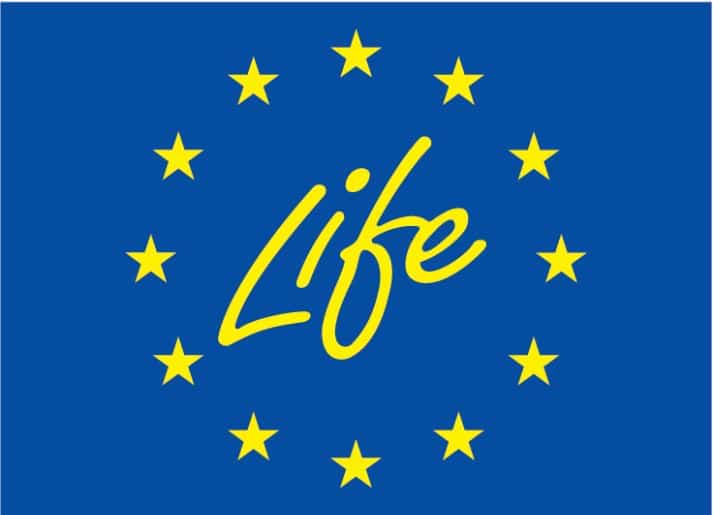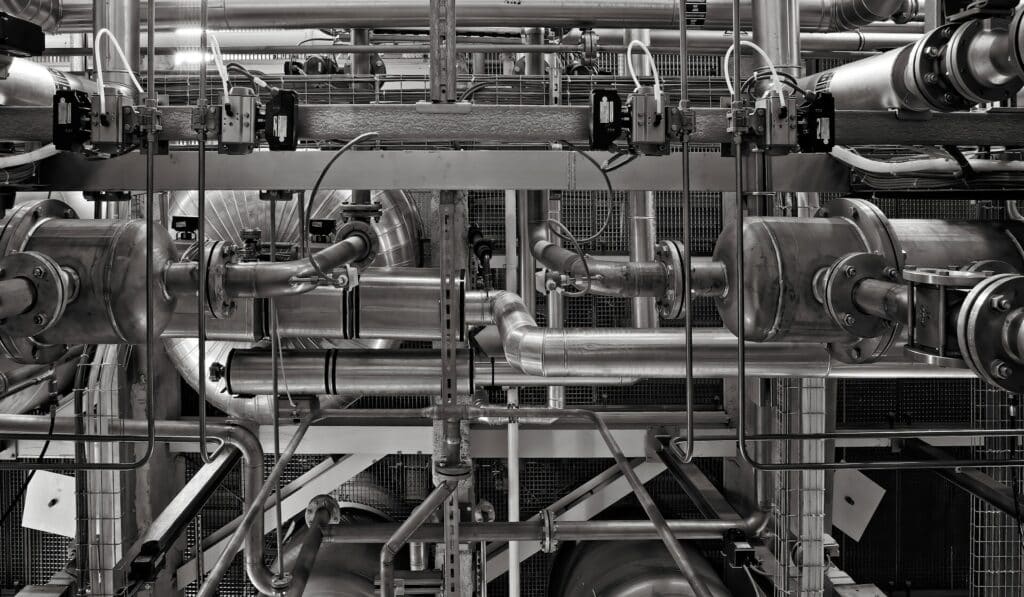The European Union (EU) stands at the threshold of a profound and unparalleled transformation as it forges ahead with ambitious climate and energy goals. To achieve climate neutrality by 2050, the EU must embark on an unprecedented scale of change in both the power system and the entire economy, encompassing a diverse range of technologies and solutions. As the landscape of technologies continues to evolve, predicting the scale, pace, costs, and potentials of these developments remains a formidable challenge, prompting the EU to adopt a strategy rooted in the integration of various approaches (a mix of technologies and solutions).
In pursuit of a sustainable energy system, the latest analysis by the CAKE/KOBiZE team[1] identifies renewable energy sources (RES), particularly onshore and offshore wind, and photovoltaic, as the dominant technologies in all scenarios. These RES technologies will be further complemented by energy storage solutions, both battery-based and green hydrogen, as well as demand-side response mechanisms.
BECS, CCUS, CCS, DACCS, and LULUCF explained
BECCS (Bioenergy with Carbon Capture and Storage) is the process of capturing and permanently storing carbon dioxide from biomass energy generation. CCUS (Carbon Capture Utilisation and Storage) is the process of capturing CO2 emissions from fossil power generation and industrial processes for storage deep underground or re-use to make long-lasting products, such as low-carbon cement. DACCS (Direct Air Carbon Capture and Storage) is an approach to carbon removal in which mechanical systems capture CO2 directly from the atmosphere and compress it to be injected into geological storage. Carbon Capture Storage (CCS) is a part of CCUS, which covers only underground storage. LULUCF (Land Use, Land-Use Change, and Forestry) is the sector encompassing the management of cropland, grassland, wetlands, forests, settlements and includes land use change such as afforestation, deforestation, or draining of peatlands.
Recognising the importance of a diverse technology mix, nuclear and BECCS will also play a role.
Absorbing CO2 emissions plays a key role in achieving the EU’s climate neutrality goal by 2050. Climate neutrality, a fundamental aspiration, means we do not emit more greenhouse gases into the atmosphere than we can remove or neutralise. CCUS technologies collaborating with fossil fuels, along with negative emission technologies, are projected to play a significant role in reducing the costs of achieving this goal to reach climate neutrality. The insights gained from the CAKE/KOBiZE team’s analyses underscore the critical importance of developing CCUS technology to drive cost-effective transformation. While the EU endeavors to reduce industrial and food production-related emissions in an economically justifiable manner, it also strives to avoid importing products with high emissions and exporting its own emissions abroad. In this context, the application of CCUS becomes an instrumental factor in achieving the desired outcomes.
The CCS potentials assumed by renowned institutions in the EU-27 vary significantly (50-300 Mt CO2[2] to about 1300-1500 Mt CO2[3]) and have a massive impact on the obtained results regarding the costs of transformation until 2050. The CCS potentials for the EU+ (EU-27 plus Norway, Switzerland, and the United Kingdom) assumed by the CAKE/KOBiZE team, amounting to approximately 550 Mt CO2, allows for the development of CCS technologies but does not base the transformation entirely on these technologies. This highlights the significance of CCS technologies in advancing the transformation process; however, it also emphasises the EU’s prudence in basing its strategy on a diversified portfolio of technologies.
Given the inherent limitations in achieving 100% efficiency in CO2 capture from exhaust streams of fossil fuels, it becomes evident that relying solely on capturing emissions from the dwindling stream is insufficient. The technology that currently seems to be economically justified to bring the emission balance to net-zero completely while limiting the phenomenon of carbon leakage beyond the EU borders is BECCS. It is worth noting that negative emissions are designed to remove CO2 from the atmosphere to offset the emissions that still exist in some sectors of the economy. In practice, negative emissions are achieved by technologies and activities that absorb or remove CO2 from the atmosphere, i.e. natural (LULUCF). The land use sector encompasses the management of cropland, grassland, wetlands, forests, settlements and includes land use change such as afforestation (planting trees), deforestation, or draining of peatlands.), or technological approaches (BECCS and DACCS require significant amounts of energy, which must be low-carbon to maximize the technology’s climate impact.). It is vital to recognise that negative emissions offset hard-to-avoid emissions in some sectors of the economy but should not replace efforts to reduce emissions in the first place. In essence, long-term measures to reduce emissions remain imperative, with negative emissions serving as a complementary tool in achieving complete climate neutrality.
The CAKE/KOBiZE team’s simulations indicate that the deployment of BECCS technologies could enable the EU to reduce emissions by approx. 290 million tons of CO2eq. by 2050. It is worth emphasising that a fundamental assumption in this pursuit is that the biomass utilised for energy purposes adheres to strong sustainability criteria, with efforts to minimise emissions related to its transportation. To ensure a robust carbon accounting framework, the EU should restrict intra-EU imports of biomass and biomass imports from outside its borders. In addition to these measures, it is crucial to acknowledge that not all captured emissions in biomass units are classified as negative. Roughly 20% of these emissions are attributed to their generation during the growth, transport, and processing of biomass. In the models, we assume the development of a wide range of zero-emission technologies, such as photovoltaics, offshore and onshore, or nuclear power, we enable CO2 capture in units fired with fossil fuels and, finally, in the mentioned biomass units. Unfortunately, the simulated scenarios fall short of achieving the net-zero goal projected on the basis of a comprehensive literature review of these technologies’ potential. The remaining emissions must therefore be reduced, for example, by deployment of DACCS technology (in Figure 1 marked as Backstop technology). To meet the net-zero target additional approx. 190 million tons of negative CO2eq. emissions are needed.

Fig. 1. Change in emissions for the EU27+UK in Fit for 55 Scenario [Mt CO2eq.] Source: Own elaboration by CAKE/KOBiZEIn the context of the energy system characterised by the extensive integration of intermittent RES, the role of energy storage systems providing elastic load becomes critical in bolstering system reliability. During periods of significant RES production surplus, the strategic implementation of electrolysers unlocks the potential for hydrogen production, serving as a long-term energy store and meeting the needs of various sectors within the economy. Theoretically, the transformation could take place without any of its elements, e.g. without the dynamic development of photovoltaics, windfarms, nuclear power, or CCUS but then the total cost of such a scenario would be incomparably higher rendering it an impractical proposition.
Conclusion
In the race towards achieving climate neutrality by 2050, the EU finds itself standing at a defining moment in history. As the global community rallies together to address climate change, the EU’s commitment to a more sustainable and resilient future remains steadfast. The transformative journey towards net-zero emissions necessitates an “all hands on deck” approach, wherein a diverse and comprehensive mix of technologies and solutions assumes center stage. Among these instrumental components, CCUS technologies emerge as pivotal enablers, acting in concert with RES, energy storage, and complementary measures to curtail emissions and secure a sustainable future. By fostering collaboration between governments, industries, and society at large, we must strive to chart a course towards a cleaner, greener future.
[1] Pyrka M., Jeszke R., Boratyński J., Witajewski-Baltvilks J., Antosiewicz M., Tatarewicz I., Rabiega W., Wąs A., Tobiasz I., Lewarski M., Skwierz S., Gorzałczyński A., Lizak S., Zborowska I., Chodor M., Kobus P., Krupin V., Cygler M., Mzyk P., Sekuła M. (2023). VIIEW on EU ETS 2050: Changing the scope of the EU ETS. Institute of Environmental Protection – National Research Institute / National Centre for Emissions Management (KOBiZE), Warsaw, https://climatecake.ios.edu.pl/wp-content/uploads/2023/03/CAKE_VIIEW_Changing-the-scope-of-the-EU-Emissions-Trading-System.pdf
[2] European Commission (2018), Long Term Strategy. In-depth analysis in support of the Commission Communication COM(2018) 773, A Clean Planet for all A European long-term strategic vision for a prosperous, modern, competitive and climate neutral economy.
[3] Hydrogen4EU (Deloitte Finance – IFPEN – Carbon Limits – SINTEF) (2022), Charting pathways to enable net zero in Europe: the role of hydrogen in the European energy transition.
This article was prepared within the scope of the project: “The impact assessment of the EU Emission Trading System with the long-term vision for a climate neutral economy by 2050 (LIFE19 GIC/PL/001205 – LIFE VIIEW 2050)”.








